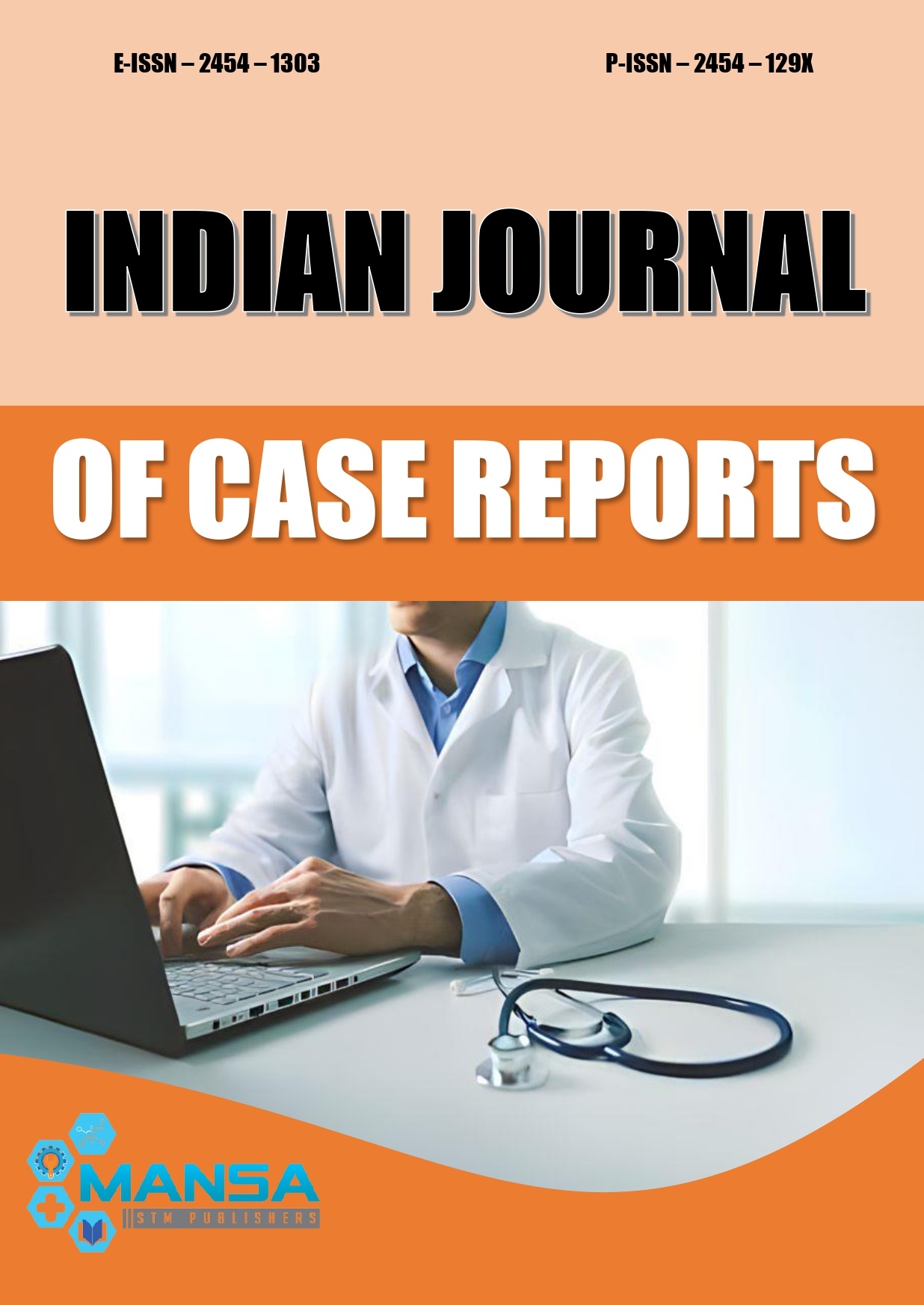Enterobius vermicularis infection associated with appendicitis, Meckel’s diverticulitis, and peritonitis
DOI:
https://doi.org/10.32677/IJCR.2020.v06.i08.002Keywords:
Appendicitis, Enterobius vermicularis, Meckel’s diverticulitisAbstract
Enterobius vermicularis (EV) is a tiny helminth that lives in the human cecum. Its prevalence varies widely by region and social setting. It is diagnosed easily with perianal sticky tape test and microscope visualization for eggs or worms. The treatment is mebendazole or albendazole drugs. Serious sequelae are not thought to be common, but they can include peritonitis, mesenteric abscess, intestinal perforation, enteric ulceration, enteritis, Meckel’s diverticulitis, and intussusception from ectopic worm movement. More controversial is the association of EV with appendicitis. Here, I am reporting the case of a 9-year-old child with clinical symptoms of acute appendicitis and peritonitis. A Meckel’s diverticulitis is also operatively established. Histological examination revealed EV in the lumen of the appendix and Meckel’s diverticulum. Pediatricians encounter EV in varying frequencies, but this helminth must be considered on a daily basis from doctors from all specialties in connection with a wide variety of potential, sometimes severe complications.
Downloads
Downloads
Published
Issue
Section
License

This work is licensed under a Creative Commons Attribution-NonCommercial-NoDerivatives 4.0 International License.

